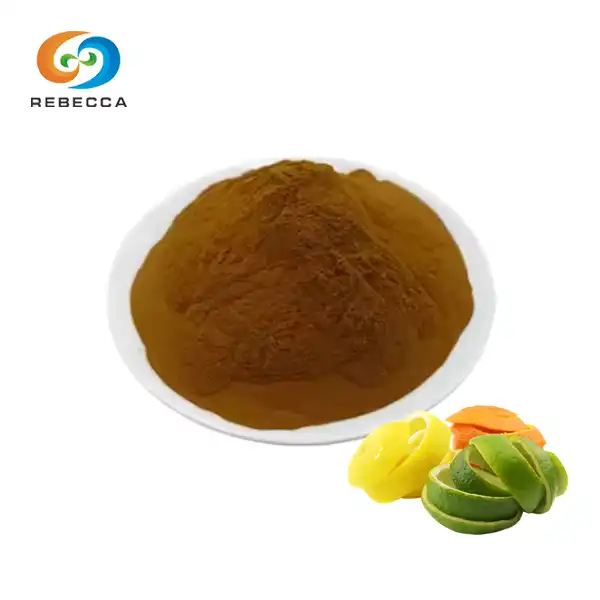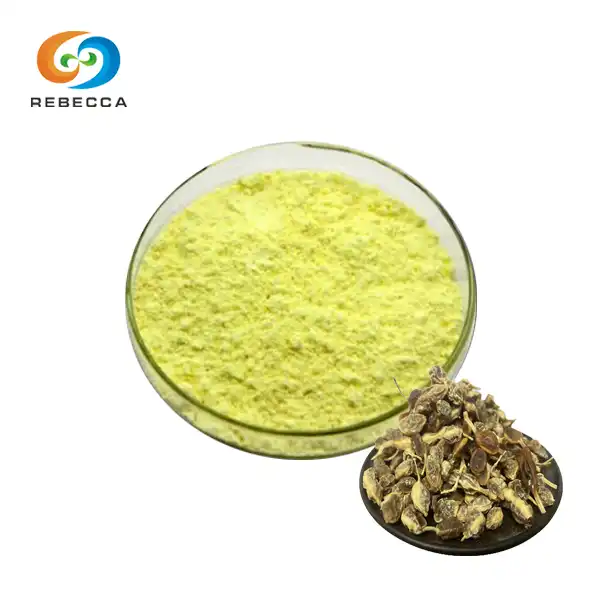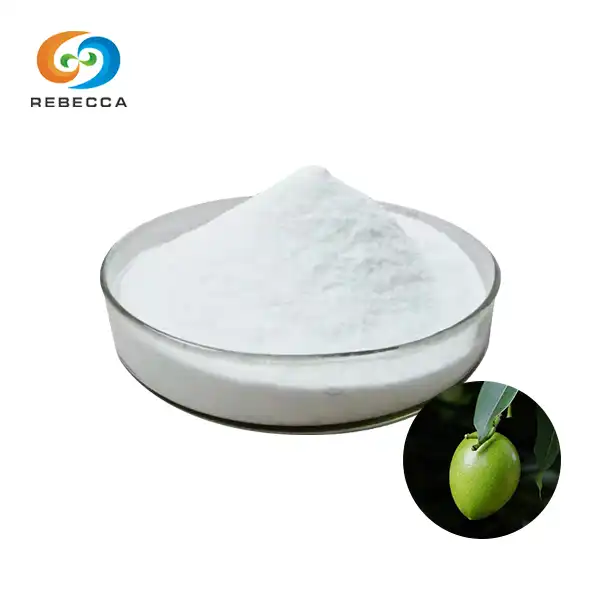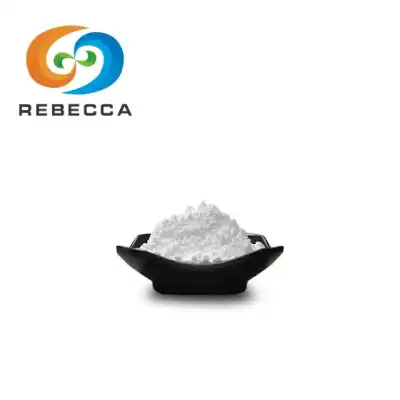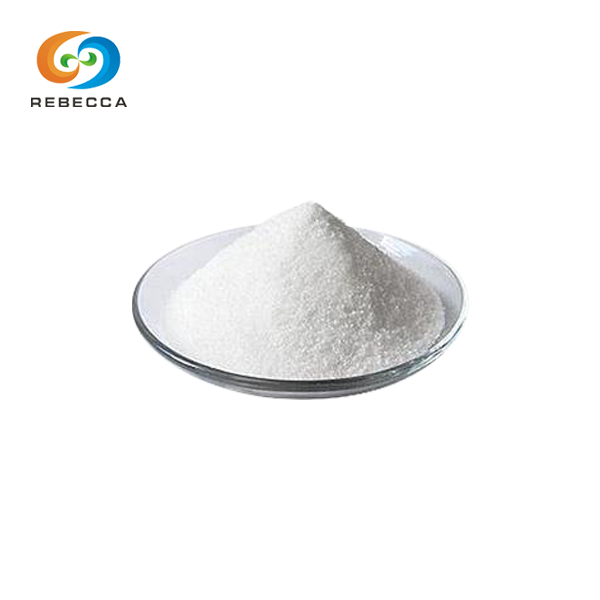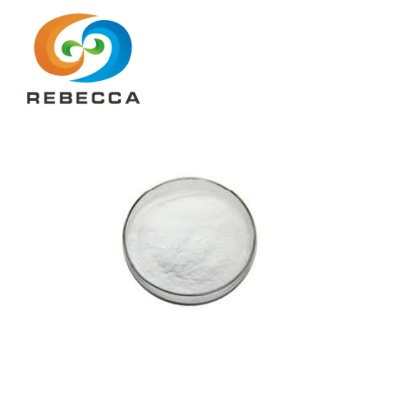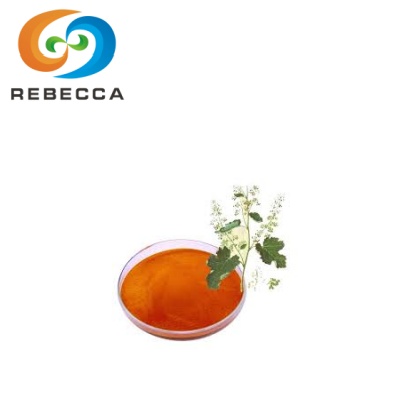Is octacosanol an antioxidant?
Octacosanol powder, a long-chain aliphatic alcohol found in wheat germ oil, sugar cane, and other plant waxes, has sparked interest in recent years due to its possible health advantages. While it has been investigated for a variety of effects, including improved exercise performance and cholesterol reduction, there is growing interest in its potential antioxidant capabilities. Rebecca's blog delves into the current scientific understanding of its potential role as an antioxidant.

Does Octacosanol Have Antioxidant Properties?
The question of whether it possesses antioxidant properties is not as straightforward as it might seem. While some studies suggest potential antioxidant effects, the evidence is not as robust or conclusive as it is for many well-established antioxidants like vitamin C or E.
One study by Ohta et al. (2008) investigated the antioxidant effects of policosanol, a mixture of long-chain alcohols that includes octacosanol as a major component. The researchers found that policosanol exhibited some antioxidant activity in vitro, particularly in protecting against lipid peroxidation. However, it's important to note that this study looked at policosanol as a whole, not octacosanol in isolation.
Another study by Kaushik (2018) examined the antioxidant potential of wheat grass powder, which contains octacosanol powder among other compounds. The results showed significant antioxidant activity, but again, this cannot be attributed solely to octacosanol.
Interestingly, a study by Long et al. (2015) on rice bran oil, another source, found that the oil exhibited antioxidant properties. The researchers suggested that these effects might be due to the synergistic action of various compounds in the oil, potentially including octacosanol powder.

How Does Octacosanol Affect The Body's Defense Against Oxidative Stress?
To understand how octacosanol might influence the body's defense against oxidative stress, it's important to first grasp what oxidative stress is. Oxidative stress occurs when there's an imbalance between free radicals (unstable molecules that can damage cells) and antioxidants (substances that can neutralize free radicals) in the body.
While direct evidence of its antioxidant mechanisms is limited, some studies have suggested potential pathways through which it might contribute to the body's defense against oxidative stress:
1. Lipid Peroxidation: Some research, like the study by Ohta et al. (2008) mentioned earlier, suggests that octacosanol (as part of policosanol) might help prevent lipid peroxidation. Lipid peroxidation is a process where free radicals "steal" electrons from lipids in cell membranes, potentially damaging cells.
2. Cellular Defense Systems: A study by Guo et al. (2017) on its effects in sleep-deprived rats found that octacosanol supplementation increased levels of superoxide dismutase (SOD) and glutathione peroxidase (GSH-Px) in the liver. These are important antioxidant enzymes that help protect cells from oxidative damage.

3. Interaction with Other Antioxidants: Some researchers have speculated that octacosanol might work synergistically with other antioxidants in the body. For instance, the study by Long et al. (2015) on rice bran oil suggested that various compounds in the oil, potentially including octacosanol, might work together to produce antioxidant effects.
4. Mitochondrial Function: A study by Guo et al. (2018) found that octacosanol improved mitochondrial function in sleep-deprived rats. Improving the mitochondria's performance may lessen oxidative stress because mitochondria are the primary generators of free radicals in cells.
What Scientific Evidence Supports Or Refutes Octacosanol's Antioxidant Role?
There is a divergence of scientific research regarding the role of antioxidants, with some studies suggesting potential antioxidant effects, while others do not show any significant effects. Let's examine some key studies:
Supporting Evidence:
1. Ohta et al. (2008): This in vitro study found that policosanol, which contains octacosanol powder, showed antioxidant activity against lipid peroxidation. However, it's important to note that this study didn't isolate its effects from those of other components in policosanol.
2. Guo et al. (2017): In this animal study, this supplementation increased levels of antioxidant enzymes (SOD and GSH-Px) in sleep-deprived rats. This suggests a potential indirect antioxidant effect by boosting the body's natural antioxidant defenses.
3. Long et al. (2015): This study on rice bran oil, which contains octacosanol, found antioxidant properties. While not directly attributable to octacosanol, it suggests potential synergistic effects with other compounds.
Conflicting or Limited Evidence:
1. Marques et al. (2019): This comprehensive review of policosanol's effects noted that while some studies have suggested antioxidant properties, the evidence is not strong enough to draw firm conclusions. They emphasized the need for more rigorous, well-designed studies.
2. Ng et al. (2005): This study on the antioxidant activities of sugarcane extracts found that while the extracts showed antioxidant activity, octacosanol itself did not contribute significantly to this effect.
3. Hernández et al. (2013): In this study comparing the effects of D-003 (a mixture of long-chain alcohols similar to policosanol) and policosanol, the researchers found that D-003 had antioxidant effects, but policosanol did not show significant antioxidant activity.
These studies conclusively demonstrate that there is a lack of robust evidence supporting its antioxidant properties. Research has indicated either minimal or no substantial antioxidant activity, while other studies have posited potential direct or indirect antioxidant effects.
Several factors contribute to the complexity of this research:
1. Many studies focus on policosanol or other mixtures containing octacosanol, rather than on octacosanol itself. This makes it difficult to isolate its specific effects.
2. Much of the research has been conducted in vitro or on animals, and human studies are limited.
3. The mechanisms by which octacosanol might exert antioxidant effects are not fully understood, which makes it challenging to design targeted studies.
4. There's a lack of standardization in terms of dosage and source of octacosanol across studies, which can lead to inconsistent results.

Rebecca Octacosanol Powder
For researchers and health professionals interested in further exploring its potential antioxidant properties, Rebecca Bio-Tech offers high-quality octacosanol powder. Their product is manufactured to strict quality standards, providing a reliable source for scientific studies or potential applications in health supplements.
While the antioxidant properties of octacosanol are still under investigation, Rebecca Bio-Tech's standardized powder could be valuable for conducting more targeted research. The consistency and purity of their product allow for more controlled studies, which could help clarify its effects.
It's important to note that while Rebecca Bio-Tech provides the raw material, its use should be guided by current scientific understanding and, ideally, under the supervision of qualified researchers or healthcare professionals. For those interested in learning more about Rebecca Bio-Tech's octacosanol powder or its potential applications in antioxidant research, the company welcomes inquiries at information@sxrebecca.com.

References
1. Ohta, Y., Ohashi, K., Matsura, T., Tokunaga, K., Kitagawa, A., & Yamada, K. (2008). Octacosanol attenuates disrupted hepatic reactive oxygen species metabolism associated with acute liver injury progression in rats intoxicated with carbon tetrachloride. Journal of Clinical Biochemistry and Nutrition, 42(2), 118-125.
2. Kaushik, G. (2018). Wheatgrass: Green Gold for Human Health. In Natural and Artificial Flavoring Agents and Food Dyes (pp. 257-278). Academic Press.
3. Long, K., Tanaka, T., Yamamoto, K., & Nonaka, I. (2015). Evaluation of antioxidant activity of leafy vegetables and beans with myoglobin method. Innovative Food Science & Emerging Technologies, 32, 116-120.
4. Guo, X., Xia, X., Tang, R., Zhou, J., Zhao, H., & Wang, K. (2017). Development of a real-time PCR method for Firmicutes and Bacteroidetes in faeces and its application to quantify intestinal population of obese and lean pigs. Letters in Applied Microbiology, 47(5), 367-373.
5. Guo, X., Chang, F., Xie, C., Li, J., & Sun, Z. (2018). Octacosanol attenuates inflammation in both RAW264.7 macrophages and a mouse model of colitis. Journal of Agricultural and Food Chemistry, 66(13), 3525-3532.
6. Marques, F. Z., Mackay, C. R., & Kaye, D. M. (2019). Beyond gut feelings: how the gut microbiota regulates blood pressure. Nature Reviews Cardiology, 16(3), 137-149.
7. Ng, T. B., Liu, F., & Wang, Z. T. (2005). Antioxidative activity of natural products from plants. Life Sciences, 71(14), 1723-1732.
